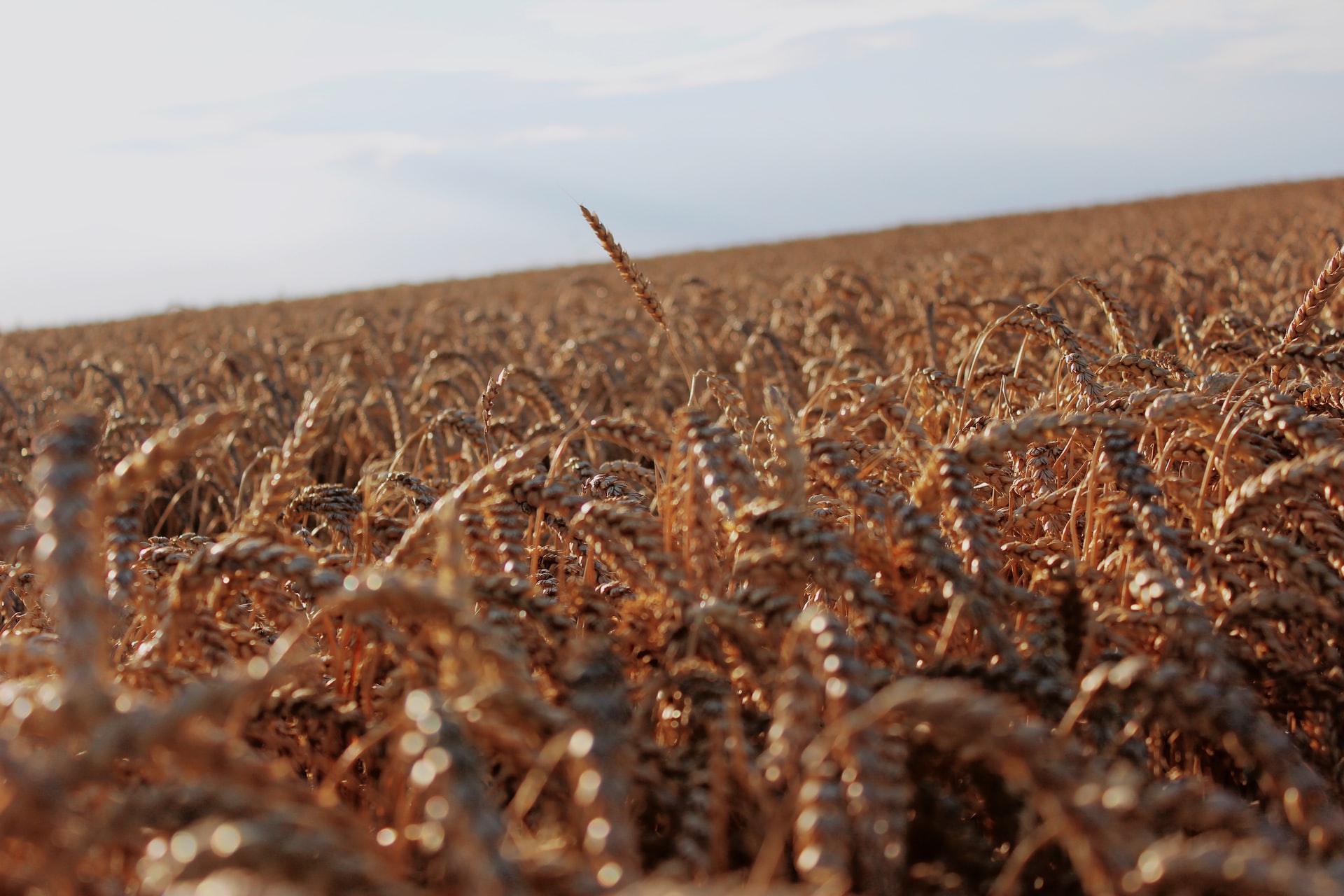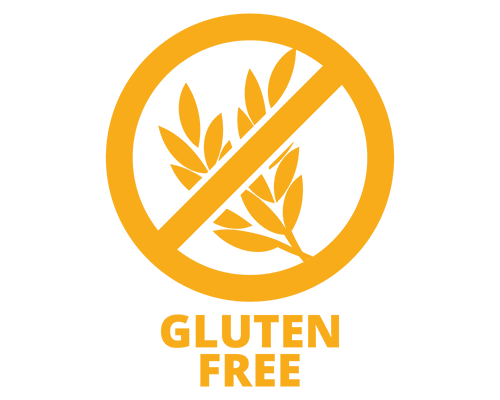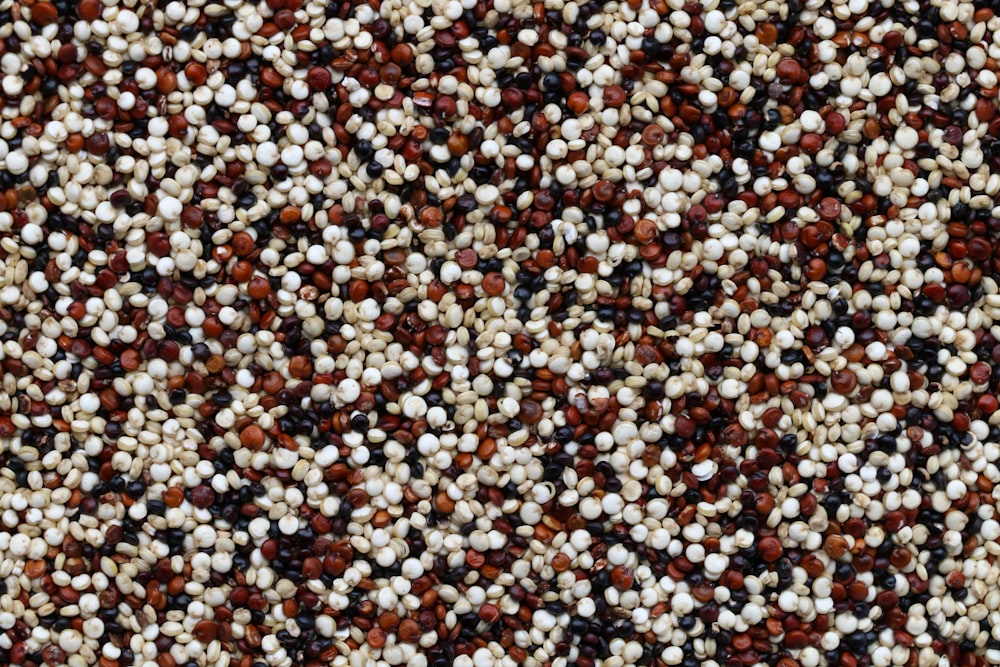Is Going Gluten-Free Healthier for You and the Planet?

For years, I was getting sick everyday and couldn’t figure out why. I thought maybe it was anxiety, dairy, caffeine, acidic foods, but cutting those foods out and getting my anxiety under control didn’t help, so I cut out gluten next, figuring it was a common food intolerance, so why not? Only, I didn’t expect it to work, but here I am almost three years later still not eating gluten.
Currently, it’s estimated that three million people in the U.S. have celiac disease, with over 97% being undiagnosed. Around the world, it’s estimated about 1% of people have it, about 7 million people. It’s important to note that these numbers don’t include people with a gluten intolerance, where their bodies can’t break down the gluten protein, or people with wheat allergies.
Celiac disease damages the lining of the small intestine and makes it harder to absorb nutrients. Unlike lactose intolerance, there are no medications to help fix it, not even for the basic gluten intolerances. The only option for those with celiac is to not eat gluten, and it’s recommended for those with gluten intolerances.
What Are Gluten-Free Foods?
Gluten-free foods don’t contain gluten, a protein found in rye, barley, and wheat, meaning most breads, cereals, oatmeals, cakes, and anything else made with typical flour. Additionally, it’s found in malt, so anyone with celiac or a severe intolerance needs to be careful with malt, malt flavoring, and other malt-containing ingredients. To make things more complicated, many companies use “modified food starch” and artificial flavorings which can contain gluten. However, because the amount is so small, they often don’t have to be labeled as “containing gluten” in the ingredient list, they just can’t be labeled “gluten-free” in the U.S.

Generally, gluten-free foods contain other starchy flours, such as corn flour, potato flour, rice flour, coconut flour, or bean flours. Additionally, they might contain ground quinoa or flax, which is common in pastas to help with rigidity. There are also gluten-free oats, which are processed to remove the gluten, and fruits, vegetables, proteins, and nuts are gluten free. However, because of these different ingredients, gluten-free foods are also more expensive, though pricing is getting better over time. For example, when I started avoiding gluten, my favorite gluten-free bread was $6.99 a loaf. Now, I can find it for $3.99.
HowGluten-Free Foods Impact the Planet
When it comes to the normal foods us gluten-free folks can eat like fruits and vegetables, the planetary impact depends on where in the world you are. Generally, eating local food is better for the planet and your local community. However, things change a bit when you start talking about gluten-free grains and starches.
Rice flour is one of the most common flours to see in gluten-free foods, and luckily it’s seen as environmentally friendly, as rice has a low environmental impact when grown and milled correctly with no pesticides. Potato flour is in the same boat: good for the planet when potatoes are grown and processed correctly.
Preview in new tab(opens in a new tab)

Corn flour and cornstarch are less sustainable: corn uses a lot of water and a lot of fertilizer, which can run into waterways and create oxygen-deprived areas where marine life can’t survive. However, technology is evolving, including in the area of irrigation, so farmers can use less water. Additionally, soil testing and precision agriculture can help with the fertilizer issue. Finally, some companies are using cornstarch as a packaging alternative, as it can completely decompose.
Coconut flour, like corn flour, is also less environmentally friendly than rice or potato flours. As the market for coconut products grows, the production of coconuts also needs to grow. However, this production growth includes more fertilizer use, using single species of coconut trees (decreasing biodiversity), and requiring more coconuts to travel farther distances, all of which can increase the carbon footprint of the product.
Quinoa, on the other hand, is more sustainable than you might have heard: it’s actually good for the planet. During growth, quinoa releases less CO2 than rice, and some scientists have concluded it can contribute to a healthier food supply more-so than rice. However, like coconut, it may have to travel long distances to reach the consumer. Flax is also pretty environmentally-friendly.

Generally, the growth of gluten-free foods can be environmentally friendly when done correctly, especially with technology helping increase the efficiency of fertilizer and irrigation. However, as with any food, these ingredients will have to be processed and travel long distances to reach the consumer. Processing can create a larger carbon footprint by adding more carbon dioxide to the air, especially on larger farms; some consider this to be the largest challenge in making the food industry as a whole more sustainable.
At the end of the day, though, being gluten-free isn’t any worse for the planet than not being gluten-free. However, those with celiac disease don’t have a choice: we need gluten-free foods, but being aware of what we’re buying can help us pick foods better for us and better for the planet.


Leave a Reply